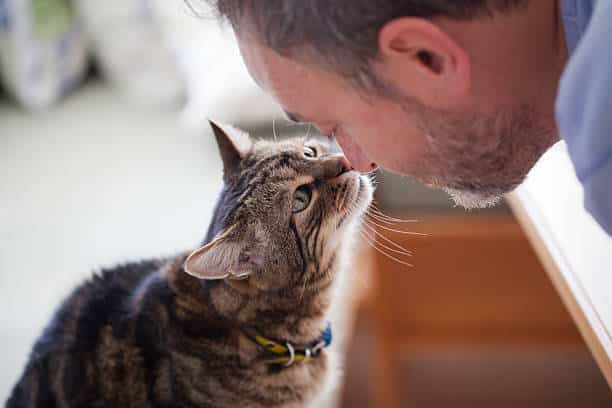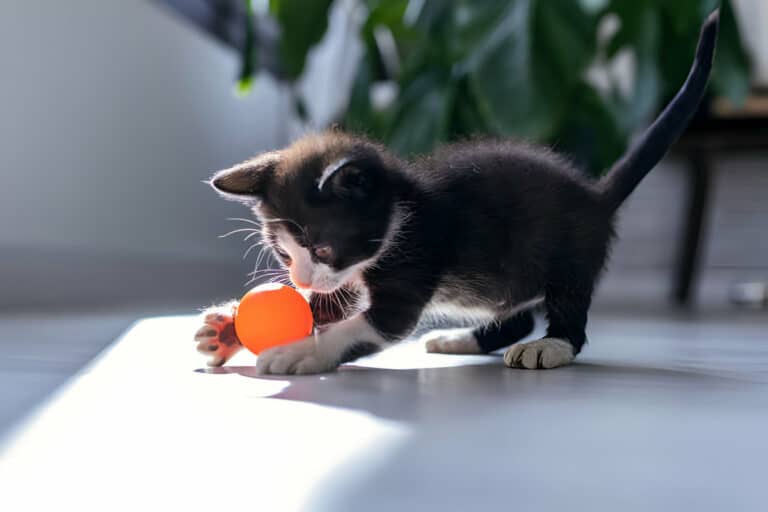The Science Behind Cat Behavior – Exploring Feline Instincts
Cats are fascinating creatures with a rich history of living alongside humans for thousands of years. Understanding their behavior goes beyond just cute videos and silly memes; it researchs into the intricate world of feline instincts. From hunting prey to marking territory, cats exhibit a range of behaviors deeply rooted in their evolutionary past. In this blog post, we will explore the science behind cat behavior, shedding light on why our feline friends act the way they do.
History and Evolution of Cats
Domestication of Cats
Ancient evidence suggests that cats were initially domesticated around 4,000 years ago in ancient Egypt. Initially revered for their skill in controlling pests, cats quickly became household companions due to their independent and low-maintenance nature. Over time, cats spread across the globe, adapting to various environments and forming unique relationships with humans.
Wild Ancestors and Modern Feline Instincts
Instincts
Understanding the behavior of modern-day house cats requires a glimpse into their wild ancestors. The domestic cat’s behavior is rooted in its wild ancestors, like the African wildcat. These wild instincts, including hunting, territorial marking, and social behaviors, are still present in domestic cats today, influencing how they interact with their environment and humans.
Communication and Social Behavior
Vocalizations and Body Language
While cats may not meow or purr to communicate with each other, they have developed these vocalizations to communicate with humans. Cats use a variety of meows, purrs, hisses, and chirps to express their needs, emotions, and desires. Additionally, body language such as tail movements, ear positions, and eye contact play a crucial role in feline communication.
Territoriality and Social Structure
Language
The territorial nature of cats is deeply ingrained in their behavior. Cats are solitary predators by nature, and as a result, they have developed a strong sense of territoriality. They mark their territory through scent marking, scratching, and vocalizations, to establish boundaries and communicate with other cats. Understanding this territorial behavior can help cat owners create a harmonious environment for their feline companions.
Hunting and Feeding Instincts
Predatory Behaviors in Domestic Cats
To understand the behavior of domestic cats, we must look back to their wild ancestors. Cats, both domestic and wild, are natural hunters with predatory instincts deeply ingrained in their DNA. From stalking their prey to pouncing and playfully batting at objects, these behaviors serve to satisfy their natural hunting instincts, even when they are well-fed pets in our homes.
Nutritional Needs and Feeding Patterns
One of the most fascinating aspects of a cat’s behavior is its feeding patterns, which are closely linked to their hunting instincts. Cats are obligate carnivores, meaning their diet primarily consists of animal-based protein. This is because their bodies require specific nutrients like taurine, which is found in high concentrations in meat. Due to their biology, cats have a low thirst drive and get most of their hydration from their prey.
Understanding a cat’s nutritional needs is crucial for their health and well-being. Replicating their natural diet with high-quality, protein-rich cat food is vital to ensure they receive the necessary nutrients to thrive. Providing a balanced diet that meets their protein requirements can help prevent common health issues associated with improper nutrition.
Sleep Patterns and Play
The Purpose of Sleep in Cats
Purpose: Sleep is crucial for the well-being of cats, serving multiple vital functions. It allows them to recharge their energy levels, aids in memory consolidation, and is vital for overall cognitive function. Cats are crepuscular by nature, meaning they are most active during dawn and dusk, so quality sleep during the daytime is vital for them to maintain their active lifestyle.
The Role of Play in Development and Well-being
An integral part of a cat’s daily routine, play is not just about fun – it plays a significant role in a cat’s development and overall well-being. Through play, cats learn vital hunting skills, improve their coordination and agility, and enhance their social interactions. Play also helps reduce stress, anxiety, and prevents obesity in cats, keeping them mentally and physically fit.
Sleep: Cats can sleep up to 16 hours a day, which may seem excessive to us, but it is completely normal for their biological needs. Cats have a unique sleep-wake pattern known as polyphasic sleep, where they alternate between short periods of deep sleep and brief periods of wakefulness throughout the day and night. This pattern allows them to be alert and ready to react swiftly to any potential threats, even while dozing off.
Human-Cat Interaction
Bonding with Cats: Myths and Realities
Many people believe that cats are aloof and not as affectionate as dogs, but this is a myth. Cats form strong bonds with their human companions and can be very affectionate creatures. Building a bond with a cat requires patience and understanding of their unique personalities. Once a bond is established, the relationship can be incredibly rewarding for both the cat and their human.
Managing Undesirable Behaviors in Cats
For cat owners, dealing with undesirable behaviors such as scratching furniture or inappropriate elimination can be frustrating. However, it’s important to understand that these behaviors are often driven by instinct and can be managed with the right approach. By providing appropriate outlets for natural behaviors, such as scratching posts and litter boxes, and using positive reinforcement techniques, you can help guide your cat towards more desirable behaviors.
On the topic of managing undesirable behaviors in cats, it’s crucial to remember that punishment is not effective and can actually worsen the problem. Cats respond better to positive reinforcement, where good behaviors are rewarded, rather than punishment for bad behaviors. Consistency and patience are key when working to modify your cat’s behavior.
To wrap up
The Science Behind Cat Behavior – Exploring Feline Instincts has shed light on the fascinating world of cat behavior through the lens of science. By delving into their innate instincts, we have gained a deeper understanding of why cats behave the way they do. From hunting behaviors to social interactions, these instincts play a crucial role in shaping our feline companions’ actions. By recognizing and respecting these instincts, we can create a harmonious environment that supports our cats’ natural behaviors and strengthens our bond with them. Be mindful of, your cat’s behavior is not random – it is driven by centuries of evolution and survival instincts that are deeply ingrained in their DNA. By learning more about the science behind cat behavior, we can better appreciate and care for our beloved feline friends.
FAQ
Q: What are some common instinctual behaviors exhibited by cats?
A: Cats exhibit various instinctual behaviors, including hunting, territorial marking, grooming, and scratching. These behaviors stem from their natural instincts as hunters and solitary animals.
Q: Why do cats knead their paws?
A: Kneading is a common behavior in cats that dates back to kittenhood when they knead their mother’s belly to stimulate milk flow. Adult cats continue this behavior as a way to mark their territory with scent glands located on their paw pads and to help them feel comfortable and secure.
Q: How do cats communicate through body language?
A: Cats communicate through various body language cues, such as flattened ears indicating fear or aggression, a raised tail showing confidence, and slow blinking signifying trust and relaxation. Understanding these cues can help cat owners better understand and communicate with their feline companions.







